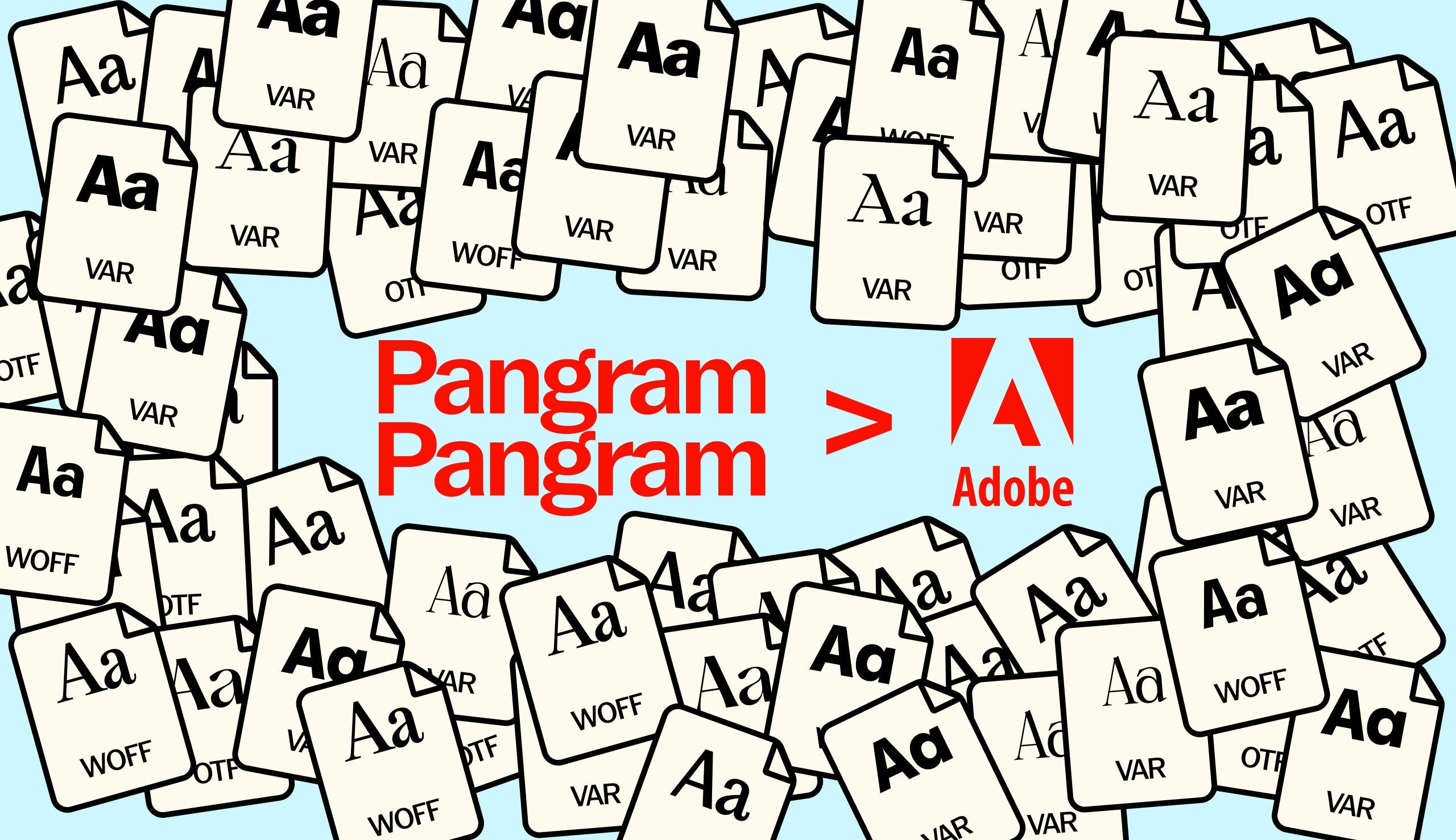We’ve been there and done that. Well, to tell the truth, we’re still doing it.
Freelancing is a tough business. It’s fantastic and terrifically difficult at the same time. Networking, accounting, new business, sending invoices, getting work and keeping it, balancing your life outside of work, chasing invoices… there is a lot to juggle. But, if you can make it work, then you can have freedom, choice and balance unlike a full time job. Plus, it’s super fun being your own boss!
We’ve collectively had a tonne of time behind the proverbial freelance wheel, and we have some strong thoughts about it, AND, some freelancing tips for everyone from designers, illustrators, photographers and whatever else you might be up to, that we wish we knew when starting out.
Curate your portfolio to the person you’re sending it to
If they are more brand-focused, show more brands, if they’re more book-focused, show more books. Easy!
Put in your best work
Don’t put in work that you’re unhappy with for the sake of it. A portfolio is stronger with less work which is very good, rather than lots of average work.
Don’t make a personal brand
An over-designed brand for yourself is putting your attention into the wrong thing. Keep it simple, focus on the work you’ve done for others.

Set clear boundaries
It’s definitely a hard ask in the beginning, but it’s important for your brain to establish boundaries, whether that’s fixed working hours, deadlines, and client expectations. Setting boundaries prevents burnout and ensures sustainability in your freelance career, as well as stopping you from going insane.
Attend events that are happening around you
It’s part of networking, but also it will help your work! By going to design events, joining online communities, and staying connected with fellow designers and clients, you not only expand your network but better your practice and make friends at the same time!
Be clear and fair to yourself when pricing
Know your worth and be transparent about your rates, including project scope and revisions. This is one of the hardest things to do, and it’s easier said than done, but in the long run it’s essential for your professional life and mental wellbeing.
Create contracts
Ask around other freelancers or friends for basic contracts they might be using and adjust them to suit you. Contracts protect both you and your clients, outlining deliverables, deadlines, and payment terms. Boring but important!

Try and be your most organised self
Use management tools to keep track of deadlines, tasks, and client communication, such as Notion, Figjam, or Figma. It’s important to prioritise tasks and set realistic deadlines to ensure quality work without last-minute stress. This also includes financial tracking…
Stay on top of your finances
Keep detailed records of income and expenses, and set aside money for taxes. The best way to do this is by using accountancy software, such as Xero.
Keep your work up to date
It doesn’t have to be a big thing, especially because Instagram is shocking, but keep up to date with posting the work you’d been up to.
Be proactive when talking to current or potential clients
Don’t be slack, respond to client inquiries promptly and provide regular updates on projects – it’s a very simple thing to do that only takes a minute, and the result goes a very long way.
Stay professional
Not everything always goes to plan, and people can be difficult, but handle disputes and revisions professionally, and always deliver what you originally intended.









